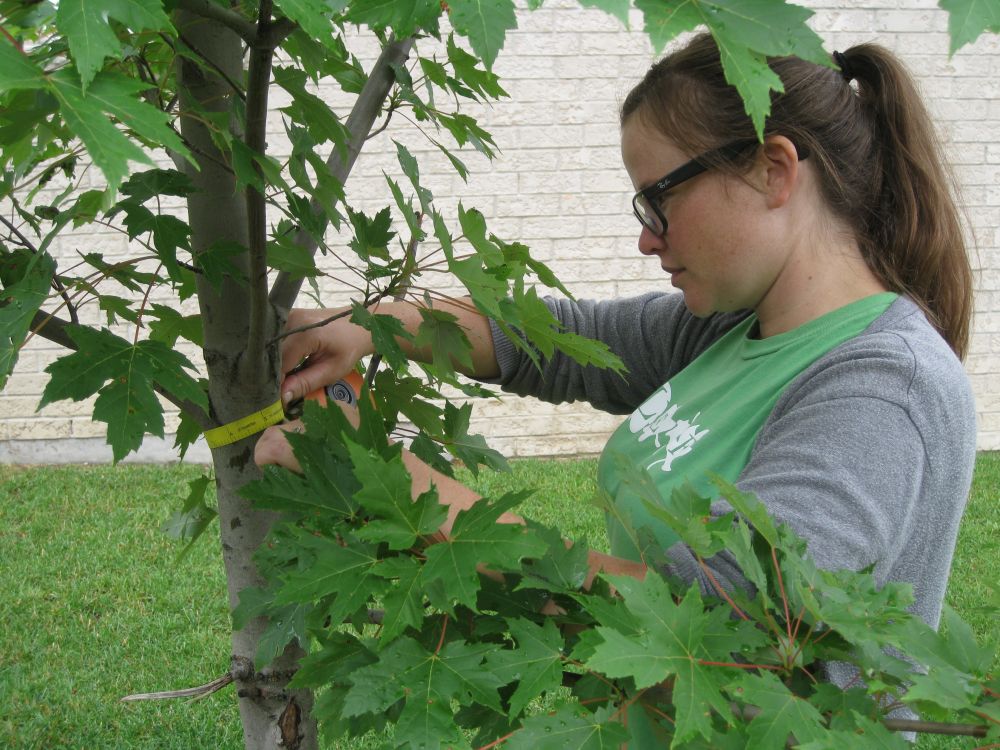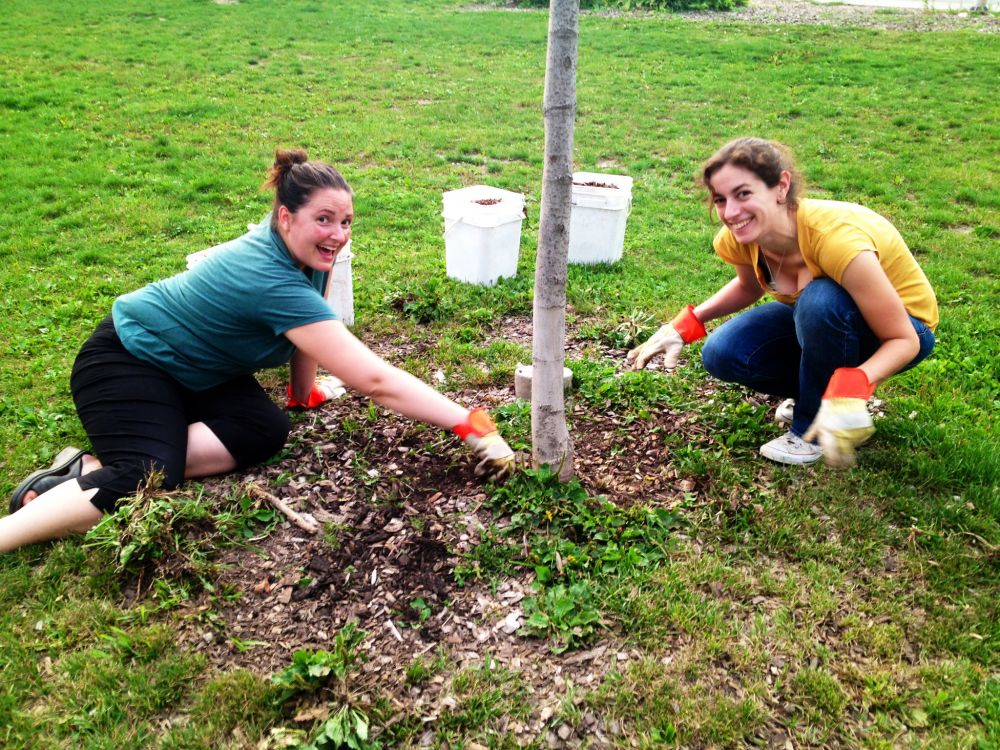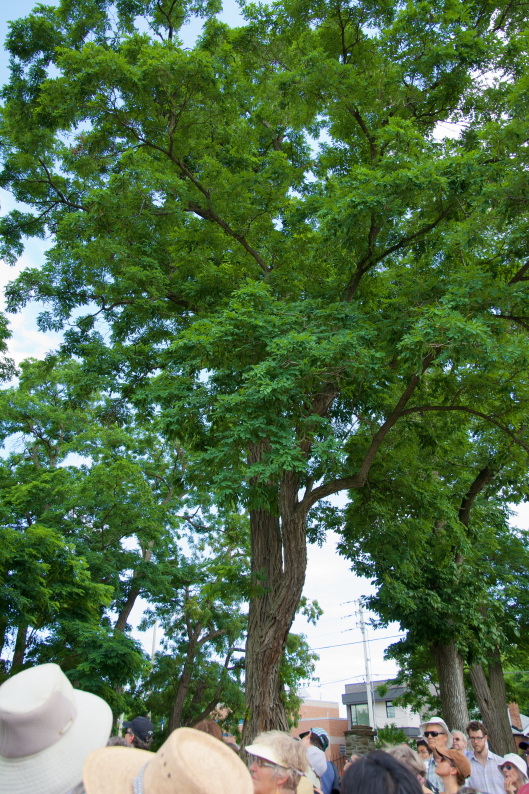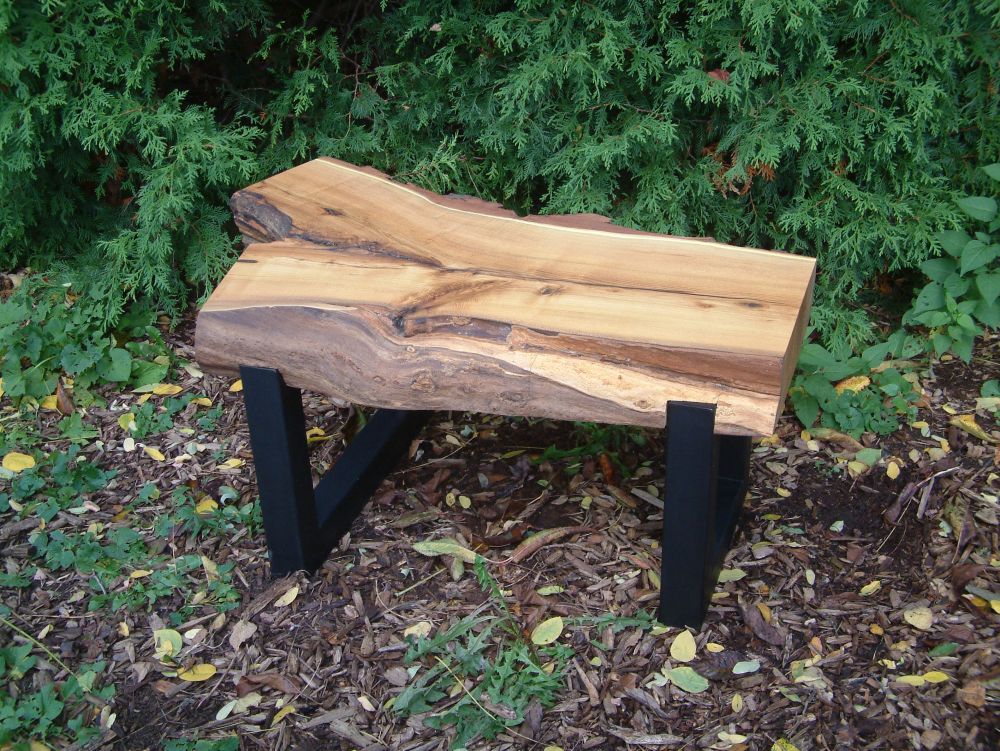
Here are the basics you need to know:
1) Plant new trees:
Planting a greater diversity of species, including more storm-resistant ones like conifers, and planting more trees in spaces where there is more room and fewer power lines, like backyards and commercial properties, should be priorities.
Getting the right tree in the right place is key. Each yard is different with unique soil composition and a set amount of space both above and below ground. Available sunlight, soil moisture and the location of overhead and adjacent objects (buildings, other trees, paved areas, fences, etc.) are also important and will narrow down the choices for appropriate species. Other goals such as shade, privacy and fall colour can then come into play before final species and planting location decisions are made.
LEAF offers native trees to Toronto and York Region property owners at a subsidized cost and provides advice about the type of tree that best suits the property. The program includes a 30-minute yard consultation with an arborist, a 5 to 8 foot tall tree and full planting service, all for as little as $150. Native shrubs are also available. Hardy, native tree species are best suited to our climate and also provide essential habitat for wildlife. Anyone can browse through the profiles of the many native species we have available on our website.

2) Care for your young trees
Basic care will make all the difference in the health, vigour and growth rate of your trees. Regular watering, mulching and protection from damage are the main things needed for healthy trees (assuming you’ve planted the right tree in the right place!).
Preventative maintenance improves the structural integrity of trees and reduces the chances of branches falling during extreme weather events. If it’s done from a young age, many problems such as double leaders and weak branch unions can be avoided. This can reduce the instances of damaged property, personal injury and loss of all the benefits that trees provide for us.
At LEAF, we routinely encourage the preventative maintenance for both the trees we plant, and existing trees across our urban forest. We offer Tree Maintenance Packages for the trees we've planted through our Backyard Tree Planting Program[JM1] . It aims to help people get their newly planted trees on the right track with a five-year program. This includes an annual tree health assessment, application of mulch and minor pruning as needed. In year three, four or five (depending on tree species and growth rate), we will conduct structural pruning to ensure a strong growing structure and healthy future for your tree.

We also offer a Tree Tenders Volunteer Training Program that is designed to give you tree-related knowledge and skills. The course, which is 15 hours of indoor and outdoor instruction, is for anyone who wants to learn more about trees and how to properly care for them.
3) Care for your mature trees
Just like all infrastructure, our urban forest needs to be maintained so that it can continue to provide us with benefits. The key is to hire a qualified professional that will provide a proper assessment, corrective pruning and an ongoing care prescription. LEAF provides tips on how to hire a qualified professional. Anyone working on trees should be a certified arborist and have adequate liability insurance. No one should ever feel rushed or pressured into “bargains.”

Removing dead, damaged or diseased limbs is crucial, especially in an urban environment. A trained arborist will have an eye for monitoring any signs of weakness or disease. Preventative pruning ensures trees are safe and storm-ready. We can be more prepared for extreme weather events by ensuring that mature trees are inspected and proper corrective pruning is being done every three to five years in order to remove weak branches proactively. This needs to be determined on a case by case basis for each individual tree.
There are also a series of very useful factsheets produced by ISA that are available at www.treesaregood.com. The list includes information about pruning both young trees and mature trees.
4) If your trees must come down, consider using the wood!
In some cases, it may be possible to keep your tree forever – at least part of it! The wood from urban trees often has beautiful patterns and grains. You can explore options for making use of the wood from your tree by consulting knowledgeable professionals. You will need to work with an arborist and a woodworker to assess your particular tree and discuss the possibilities. You can locate local service providers in the Toronto Directory of Urban Wood Products and Services.

Janet McKay is the Executive Director at LEAF. She founded LEAF in 1996 and has focused on designing and implementing grassroots urban forest programs ever since.
